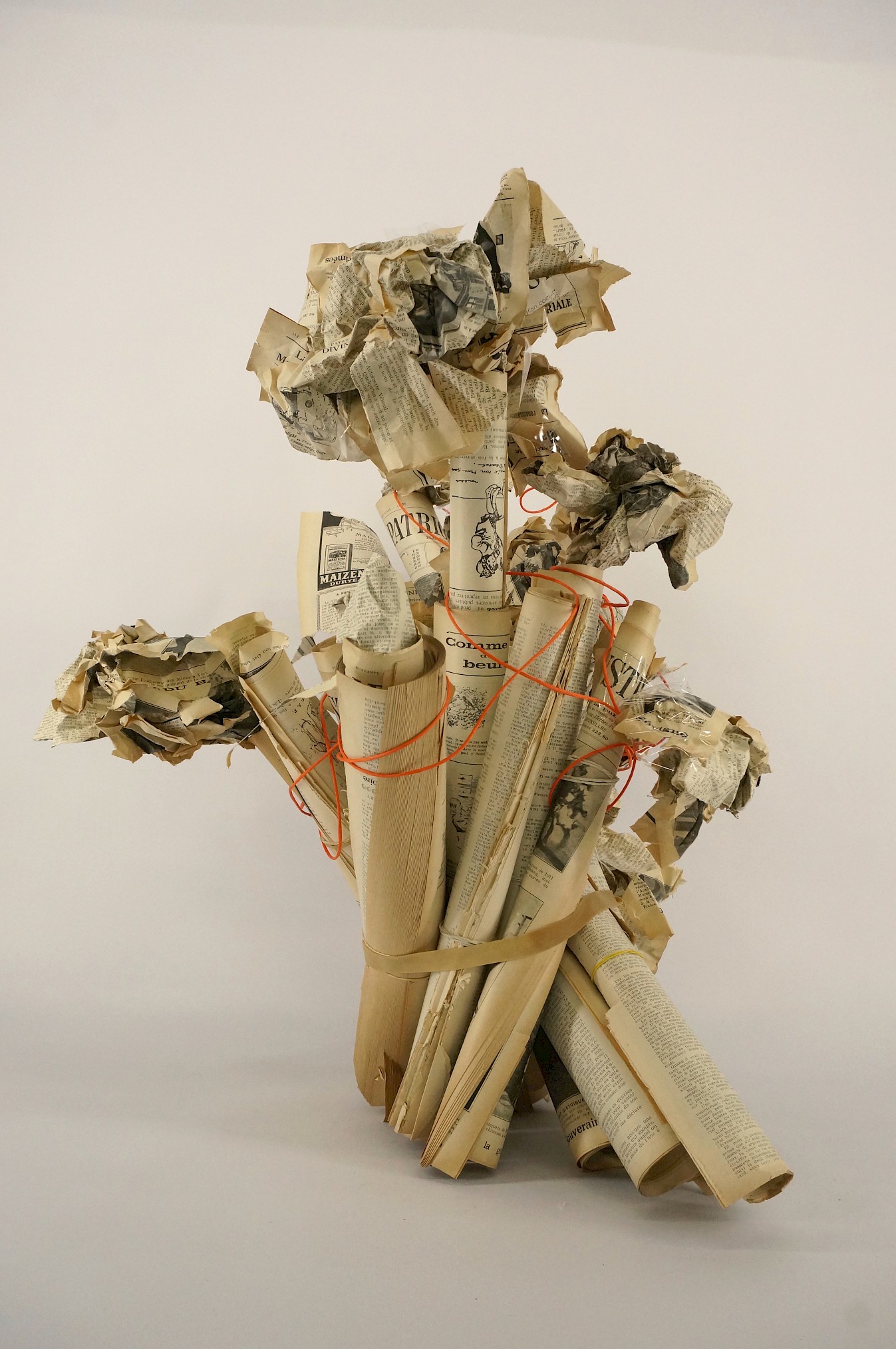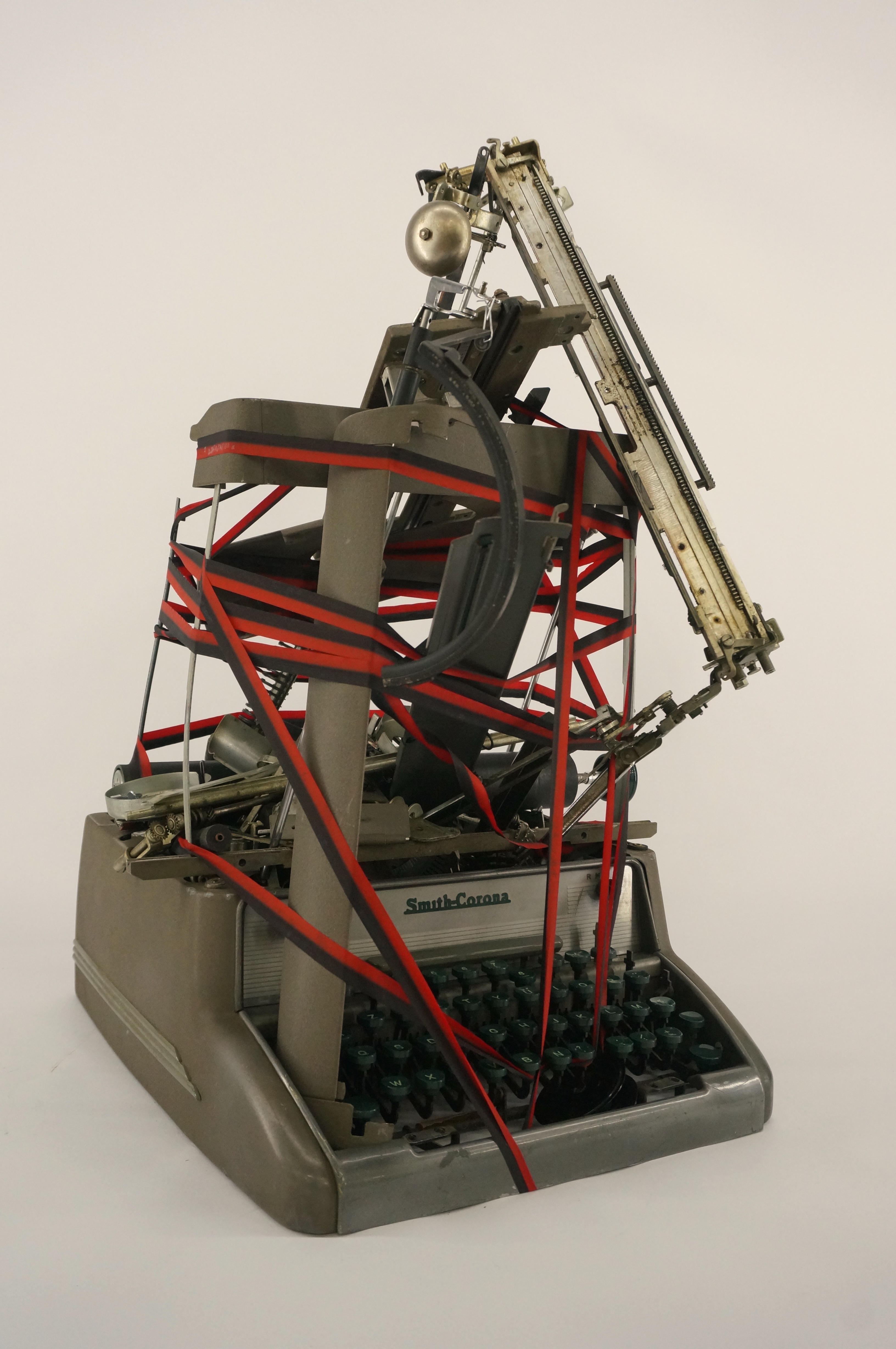Reframed Worktable
by Kate McIntosh.
In June 2020 Kate’s Worktable was scheduled to open in Vienna in the context of the festival Wiener Festwochen. It did not happen. Instead, Kate wrote a letter to the audience and talked about the piece in a way none heard before. We re-frame the original text in this S P I N newsletter, and link to the original article here.
To the audience and the team of the Wiener Festwochen,
Almost ten years ago I was visiting my family in Aotearoa New Zealand when a massive earthquake hit a city in the south. Lives were lost and the city destroyed. Up north in my town, famous for its own earthquakes, we watched news reports of massive buildings flattened to rubble and dust overnight. While asleep we dreamed those images, and while awake we went about the day replaying them again and again – imagining the next big earthquake coming to our city right now, now, or now. Everyone constantly ready for the walls to tumble, floors to cave in, windows explode, always ready to dive under a table, a bed. It was terrifying and strangely exhilarating. This incredible possibility that everything would shatter in a moment, atomising, returning to its smallest particles, and not because of any human violence or intention, but just the shiver of the earth crust. Imagining this instant dismantling of human constructions that seem so solid and sedimented, so inescapable – the colonial monuments, the 80’s office buildings, the highways – playing out this impermanence over and over began to feel strangely liberating, freeing, as if it opened the way for great movement.
After the earthquake, an imaginary figure walks into the city of rubble and picks up a broken brick. What should she to do with it? Others join and a discussion ensues – should the bricks be used to rebuild the city as it was, honouring its history? Should the rubble be swept into the sea and a new city designed from scratch? Should everyone just forget this happened, and walk over the mountain to join another city there?
Soon after this, almost ten years ago, I made the first Worktable installation. Visitors to Worktable enter one by one. They’re asked to choose a domestic object, and to take it apart. After this, they choose an object-in-pieces that someone else took apart, and they put it together. It takes between 1 and 5 hours, depending on the person.
When I was making Worktable, I thought about it as an earthquake in miniature that takes place in our own hands. I wanted to know how things come apart, what kind of energy that takes – and how things can be put together, and what that even means. The objects that are taken apart in Worktable are domestic, familiar, the kind we use every day, and they have different meanings for different people. But these objects also embody ways-of-doing and ways-of-thinking that are inscribed in everyday life, that are known as normal. Taking these objects apart releases them from those fixed roles and uses, from their inscription in the normal, and brings them back to their constituent parts, their basic materials, ready to change.
To some people, this ‘taking apart’ means pulverising to dust with great energy. To others it means a careful and slow dismantling, preserving each piece intact. Once someone took a pack of playing cards and gently scraped off all the hearts with sandpaper.
For some people, ‘putting together’ means attempting a perfect reconstruction, every piece in place. For others it means building an entirely new and unknown experiment, a fantasy, or a cross-breed of several objects. And sometimes a pile of pieces roughly wrapped in tape is good enough.
Usually the earthquake is not something I mention in relation to Worktable. It’s too much information. People figure out for themselves whatever the installation means to them.
But this time, this week, without Worktable or Wiener Festwochen, I’m thinking again about change and what happens when things come apart. I’m thinking about how much suffering a major disruption brings, and with it, the absolute necessity to put things back together differently – in ways that dismantle the oppressions that history has constructed, in ways that refuse to perpetuate them.

©Clare Noonan
